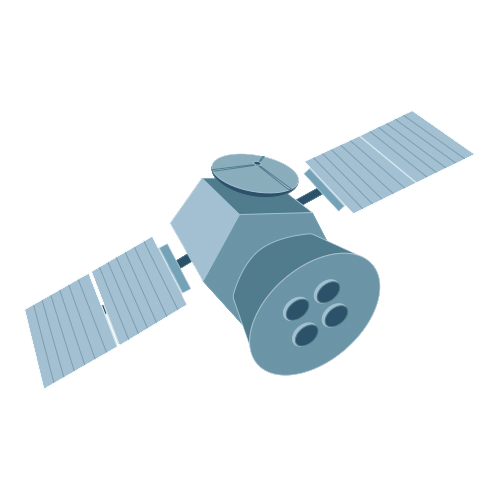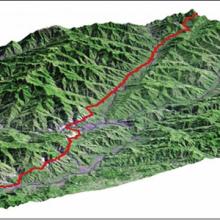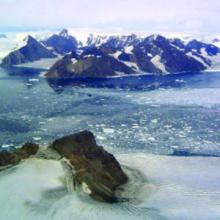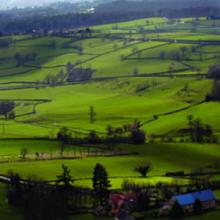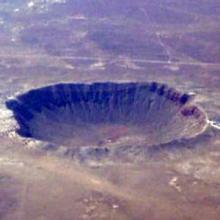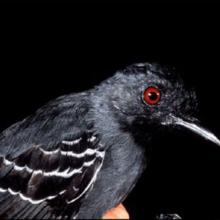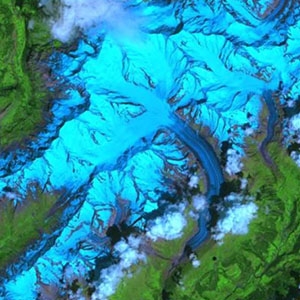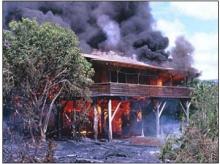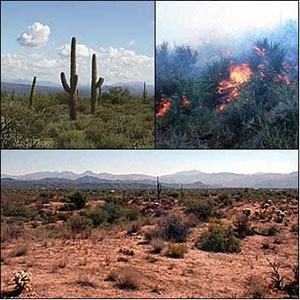The Advanced Spaceborne Thermal Emission and Reflection Radiometer (ASTER) obtains high-resolution images of Earth in 14 different wavelengths of the electromagnetic spectrum, ranging from visible to thermal infrared light. Scientists use ASTER data to create detailed maps of land surface temperature, emissivity, reflectance, and elevation. ASTER is the only high spatial resolution instrument aboard the Terra satellite.
